Archaeologists have been uncovering the remains of a fifth-century church during excavations at the Harran Ruins in southeastern Türkiye, one of the oldest settlement areas in the world and part of UNESCO's World Heritage Tentative List, according to Anadolu Agency.
Mehmet Onal, head of the Archaeology Department at Harran University and the dig team leader, told Anadolu that the ancient beauties of Harran are being unearthed through these excavations and his teams are currently focusing on the church structure.
The church, 200 meters (565 feet) north of the Great Mosque of Harran, is noted for its size. "We’ve excavated part of the church, which is quite large. We’re currently in its northern nave, and have uncovered most of it," said Onal.
The church is considered quite large for its time, he said. "It’s a church at the cathedral level, the largest in southeastern Türkiye, over 70 meters (230 feet) long, made of cut stone blocks. During the excavations, we also found glass mosaic tesserae (colored mosaic stones), mostly used on walls and arches.”
The church dates to the Eastern Roman/ Byzantine Empire period, said Onal. “The floors of the churches built in this region at this time are mosaic. We expect the floor of this church to also be mosaic," he said.
Onal said the church was looted and destroyed during Mongol invasions starting in the 13th century and was also damaged by natural events.
"The church was burned and destroyed by the Mongols, and later there was an earthquake," he said. "The wall of the northern nave has completely tilted sideways, showing clear evidence of the earthquake."


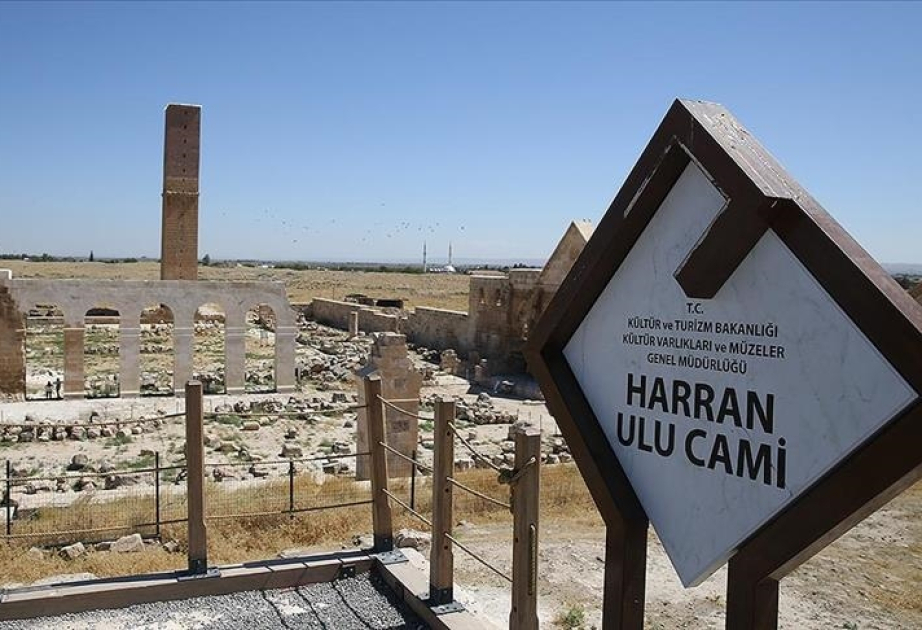
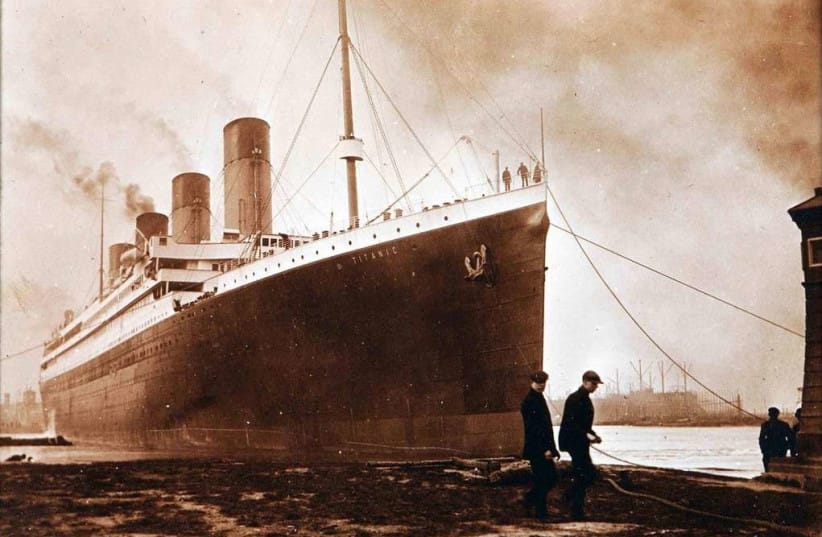

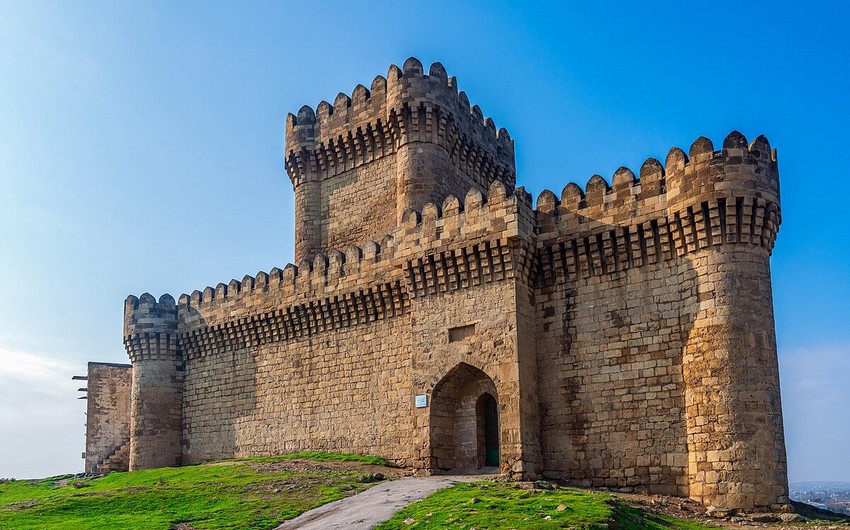
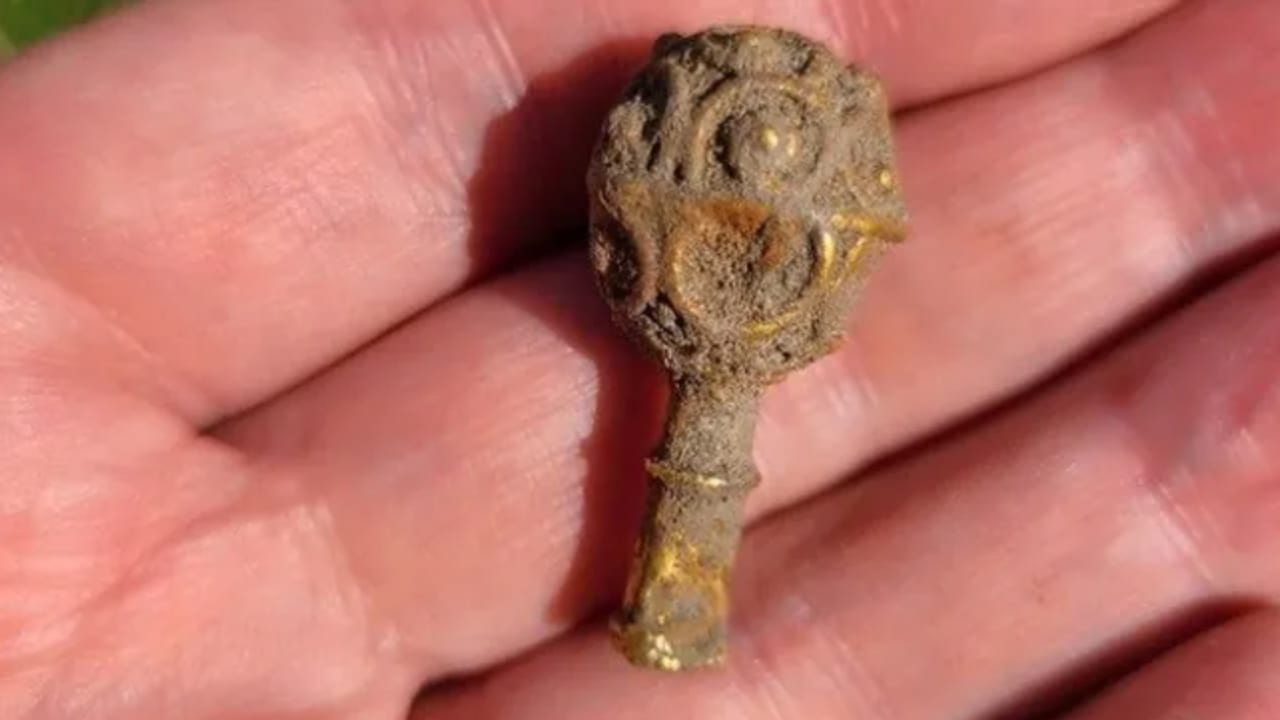
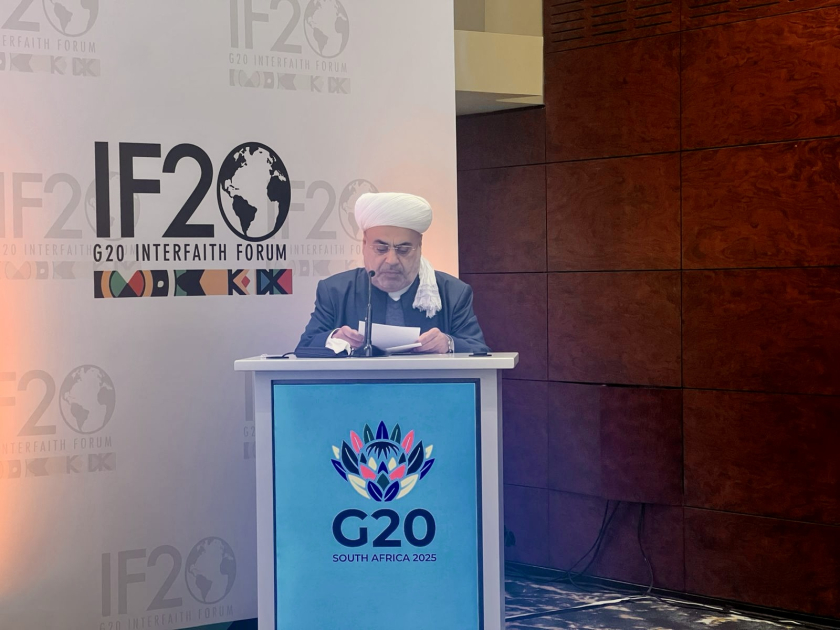

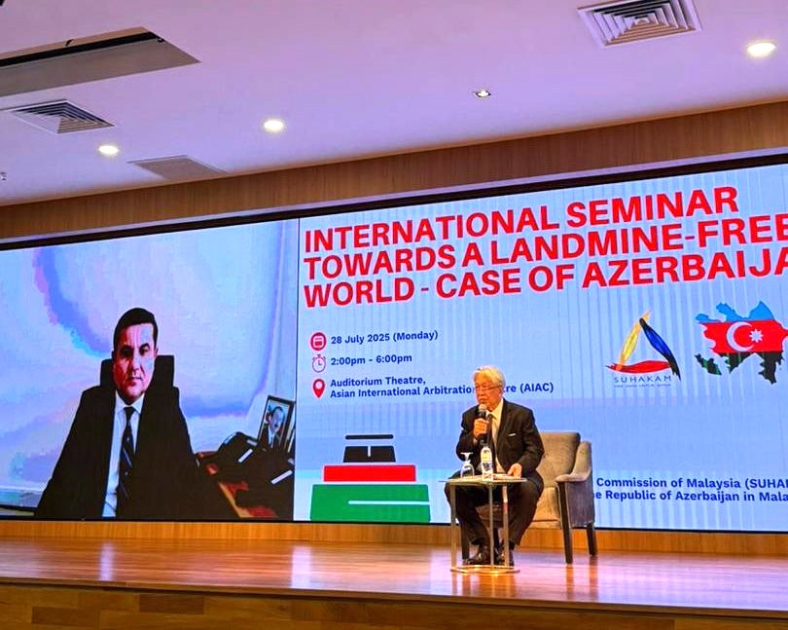

.jpg)



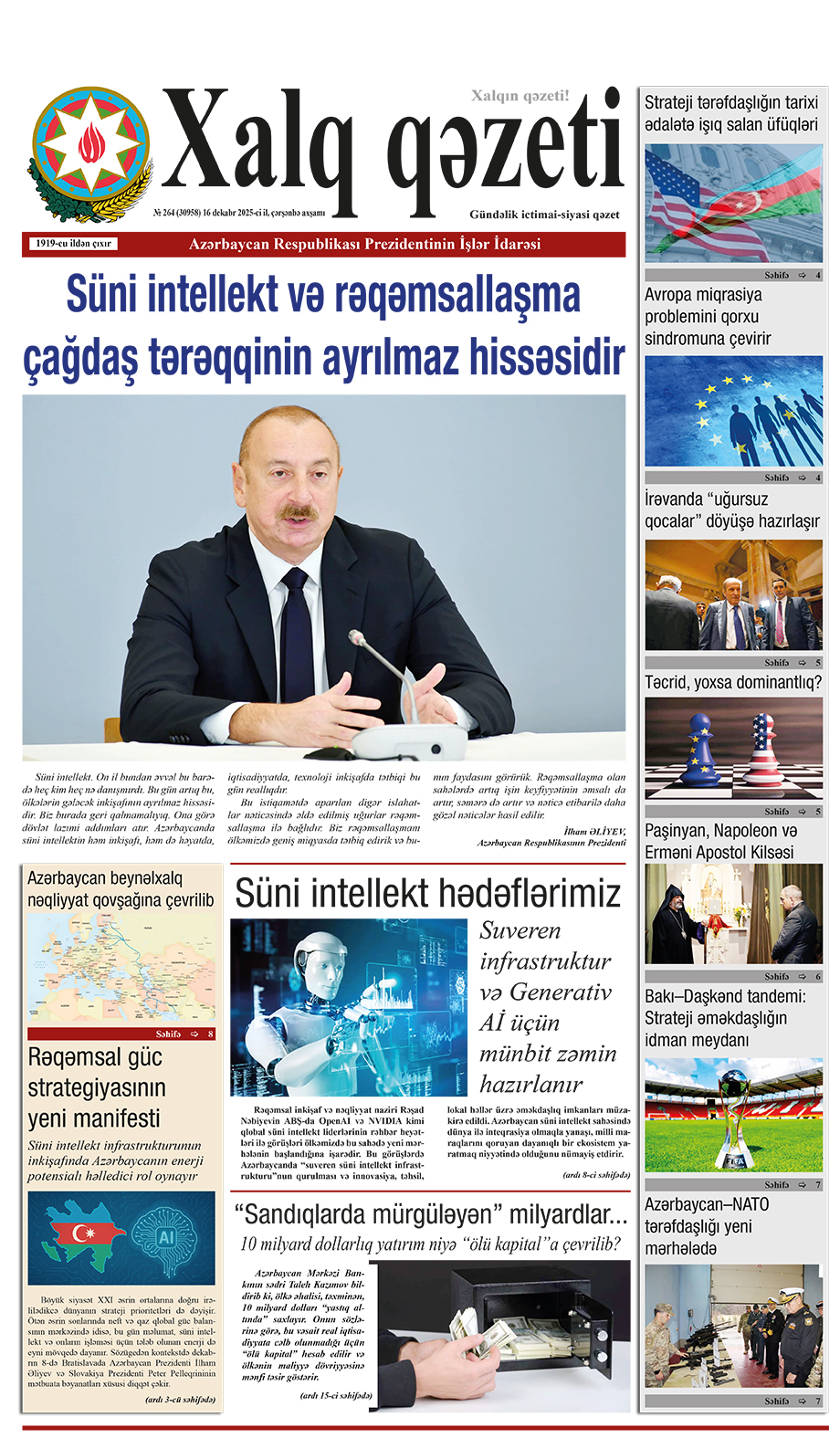

.png)



